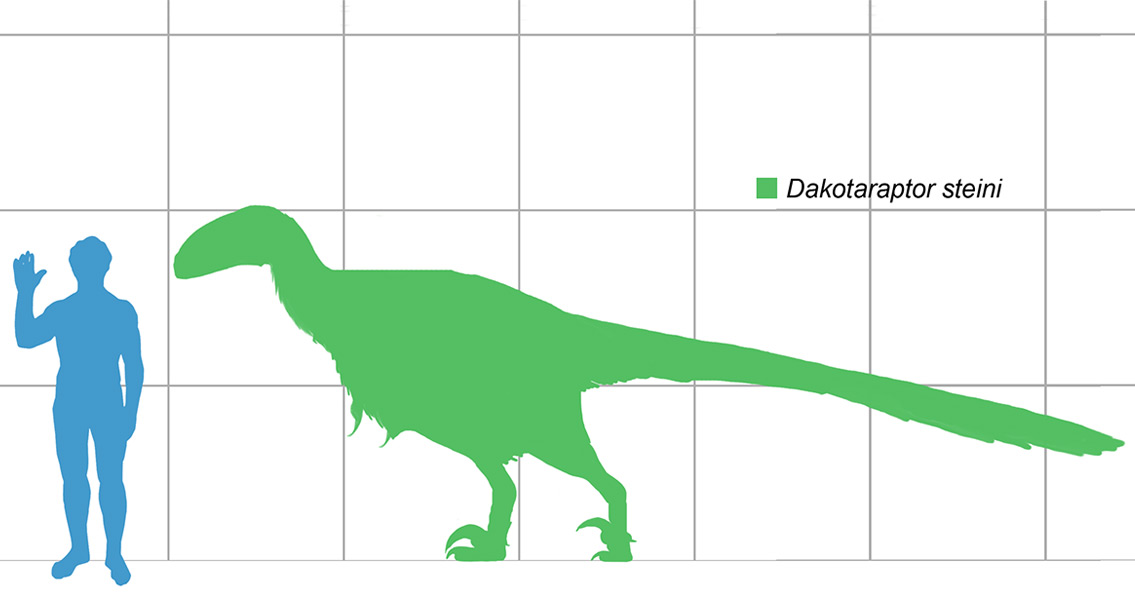<![CDATA[One of the largest raptors ever discovered has been unearthed by paleontologists working in the fossil graveyards of North America - Hell Creek Formation in Harding County, South Dakota. The research team who found the partial skeleton have named the 66 million year old, Late Cretaceous dinosaur "Dakotaraptor”. Made popular by the 1993 movie "Jurassic Park" raptors are known as small, fast and nimble dinosaurs. They had stiff tails and feet which were equipped with wickedly sharp sickle claws. Dromaeosaurs (the scientific name for raptors) are considered closely related to the first birds. Dakotaraptor was approximately 16 feet long, but it was still well below the size of other predators from the same time period, like Tyrannosaurus Rex. Compared to the Velociraptor, which was no bigger than a turkey, Dakotaraptor was among the largest and most dangerous raptors known. It's only competition would have come from Utahraptor, its much older cousin. The largest Utahraptor skeletons discovered indicate it could have been up to 22 feet long and weighed over 1,000 pounds. Dakotaraptor used its sickle claw which measured 9.5 inches along the outer curve for either disemboweling prey or as a spike to hold them down. Researchers haven't conclusively determined how Dakotaraptor used the claw, but either way the experience would have been unpleasant. Evidence of whether or not Dakotaraptor hunted in packs has also remained elusive. There is a moderate amount of evidence suggesting they did, however there is still an ongoing debate. Research has proven that some Dromaeosaurs, like the infamous Velociraptor, had feathers at least partially covering their arms giving them superficial wings. By comparison, the presence of feathers on larger dromaeosaurs remains controversial. Dakotaraptor does possess ‘quill knobs’, or papilli, on the surface of a lower arm bone. These reinforced knobs show the location where the feather quills would have attached to bone in modern birds, and it is considered by researchers as evidence that even though Dakotaraptor’s size would have prohibited it from flying, its arms would have had feathers on them. Other large dinosaurs, Yutyrannus for example, have been discovered with evidence of a “protofeather” coat on their bodies, however, Dakotaraptor is the largest species of dinosaur found with true wings. Paleontologists have speculated on two reasons the Dakotaraptor would have wings but no ability to fly: 1) the species lost the ability to fly through evolution, like an ostrich, or 2) the feathers evolved to serve a different purpose, such as egg brooding or for display. Dakotaraptor also raises questions about the food chain in the Hell Creek ecosystem. Until this discovery, it was thought that T. Rex had occupied all carnivorous roles by out competing other likely large predators. If Dakotaraptor didn’t adopt a style of hunting that avoided T. Rex altogether, then it would have been a formidable opponent to a young T. rex. Image courtesy of Wikimedia Commons user: Matthew Martyniuk]]>
Largest Feathered Dinosaur Rises from Hell Creek
